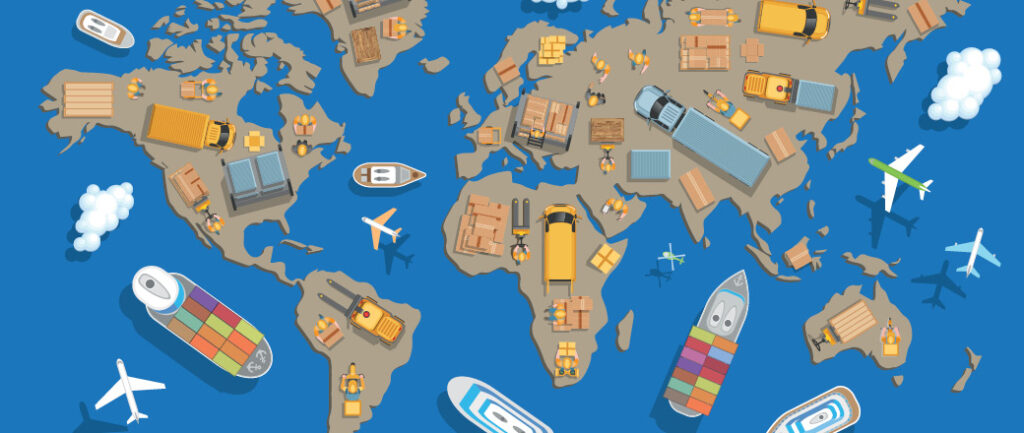With the increase in online shopping and demands for fast and affordable delivery, the need for optimized multimodal logistics and freight transportation remains as high as ever.
Many shippers’ management capabilities are being tested like never before. Keeping up with market volatility and customer demands is easier with a strong focus on multimodal logistics and shipping services. Businesses have gravitated more and more to e-commerce over the past decade as competition for faster, cheaper, time-definite delivery options continue to fuel rising shipping and handling costs.
Pitney Bowes parcel volume forecasts reflect the U.S. total for parcel packages will reach between 23 billion and 35 billion by 2028. The most likely scenario is that parcel volume will reach 29 billion with a 5% CAGR between 2024-2029.
With the increase in volume comes additional obstacles that multimodal shipping services providers will have to contend with to capitalize on multimodal transport opportunities.
What Is Multimodal Freight Shipping?
Multimodal logistics and freight transportation combine various shipping modes to move cargo. A single load could travel by rail, sea, and road before it reaches its final destination. Even though the load breaks down into different modes of transport, it still falls under a single contract/bill of lading.
What Is the Difference Between Multimodal and Intermodal Transport?
In multimodal logistics, one contract covers the entire journey, and a single carrier takes sole responsibility for the safe and on-time delivery of the cargo.
For intermodal transportation, there is a separate contract for each leg of the journey, making the need for optimized multimodal logistics and multimodal transportation all the more vital for successful shipping and delivery.
Multimodal Logistics Advantages That Shippers Need to Know
Multimodal transport brings many advantages. The most common benefits include:
- Reduced congestion at ports, warehouses, and distribution centers.
- Lower costs in monitoring goods.
- Reduced risk at Customs and improved load security during cross-border shipping.
- Lower prices of imported goods, making them easier to sell.
- Increased competitiveness of products in various international markets.
- Allow for easier scheduling of drop-offs, pickups, and logistical planning.
- Improved freight management options and processes.
- Reduced cargo transportation, dwell, and delivery time.
- Lower costs and fees for transportation of most cargo types.
- Reduced risk of loss due to theft.
By choosing multimodal freight transportation, shippers can better coordinate services. They can ensure they provide the best possible experience for their customers, no matter where they operate.
Calculate your potential Saving While Using an enterprise TMS
Learn More About Multimodal Logistics Freight Transport Optimization
During market volatility and shifting consumer demands, the ability of freight management parties to scale and adapt quickly and efficiently can be a significant advantage in competitive industries.
Embracing multimodal freight transportation and optimizing delivery services opens the doors for continued growth and innovation for shippers of all sizes. Download the eBook on multimodal freight optimization to take the next step toward improved performance in your transportation network.


